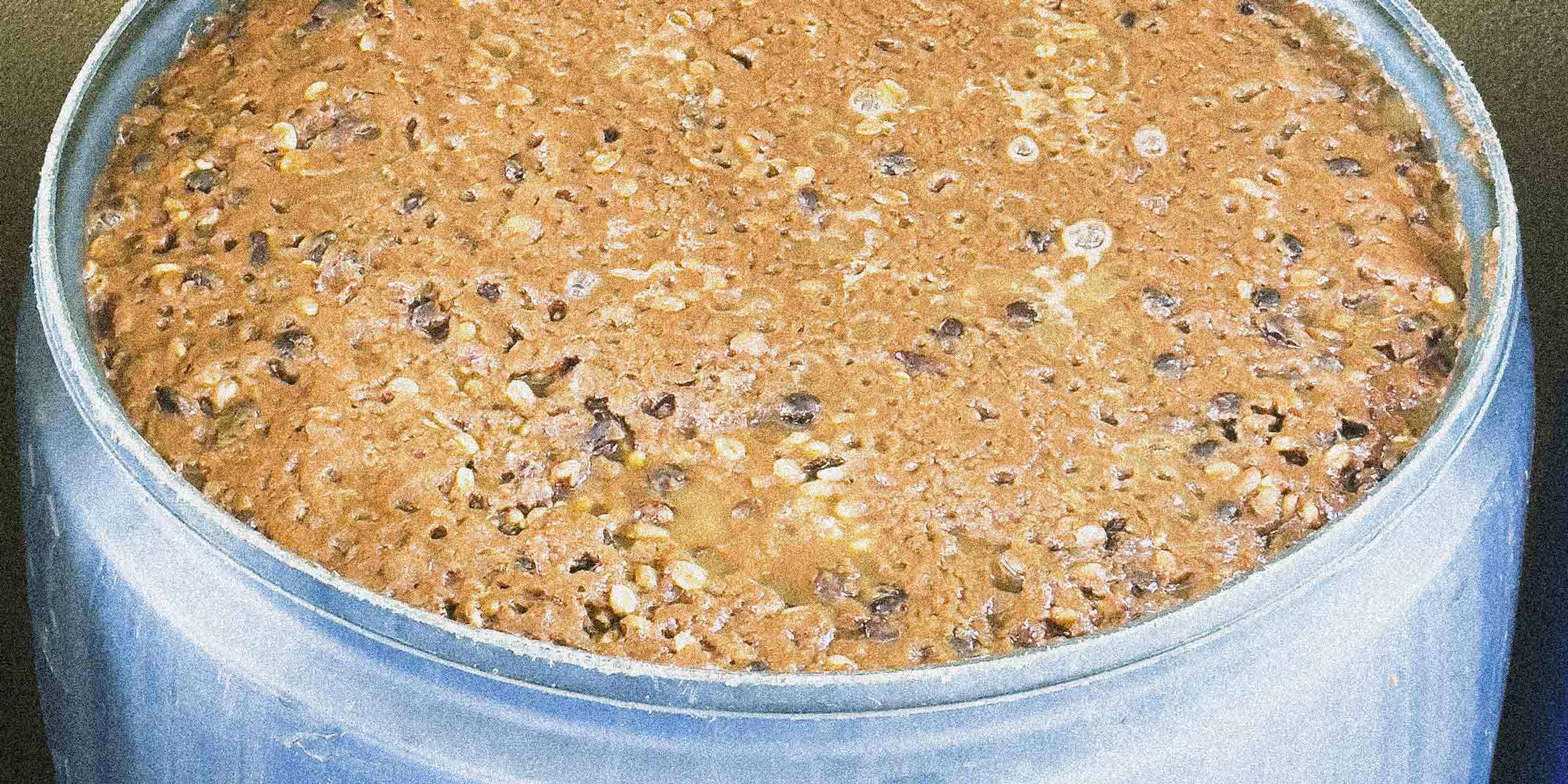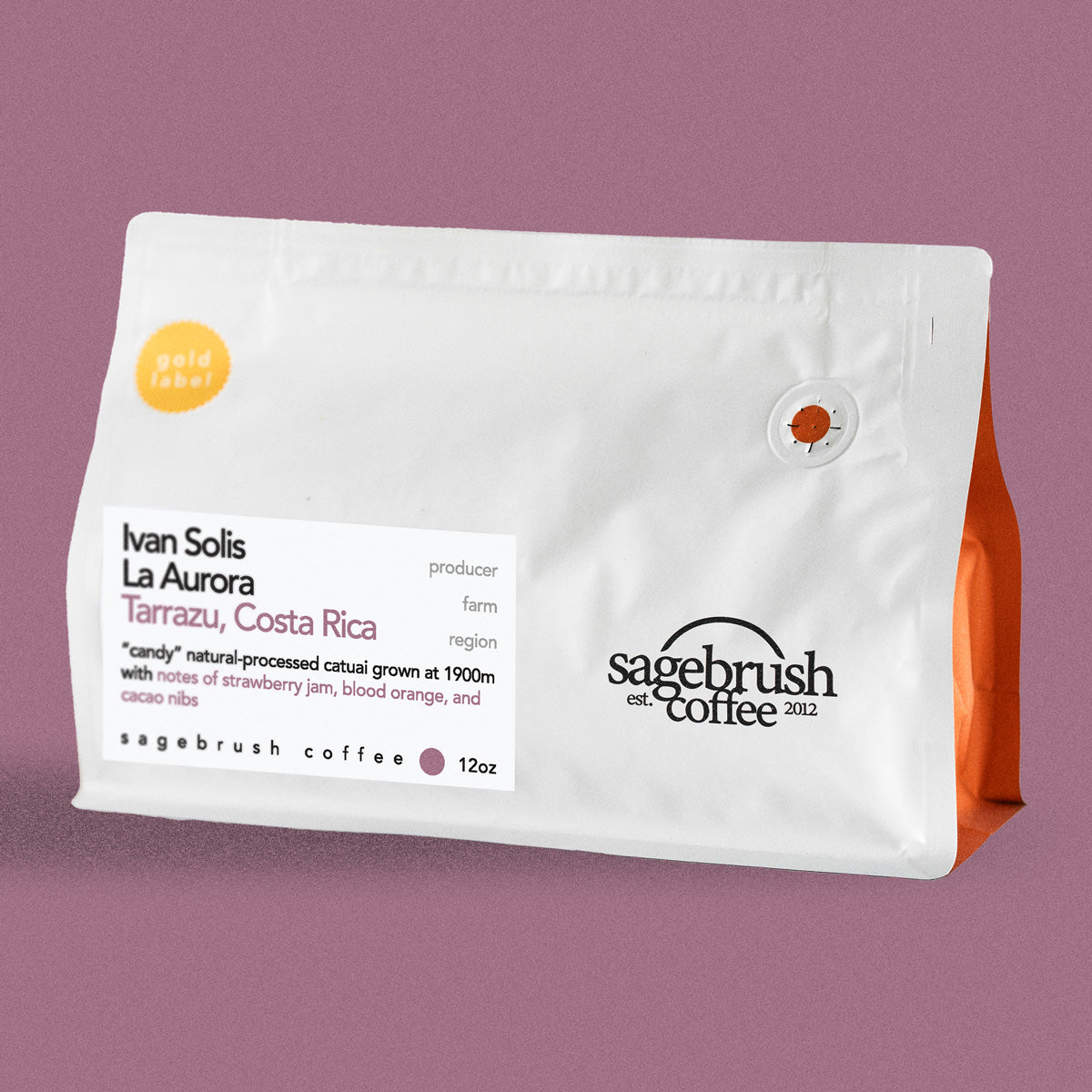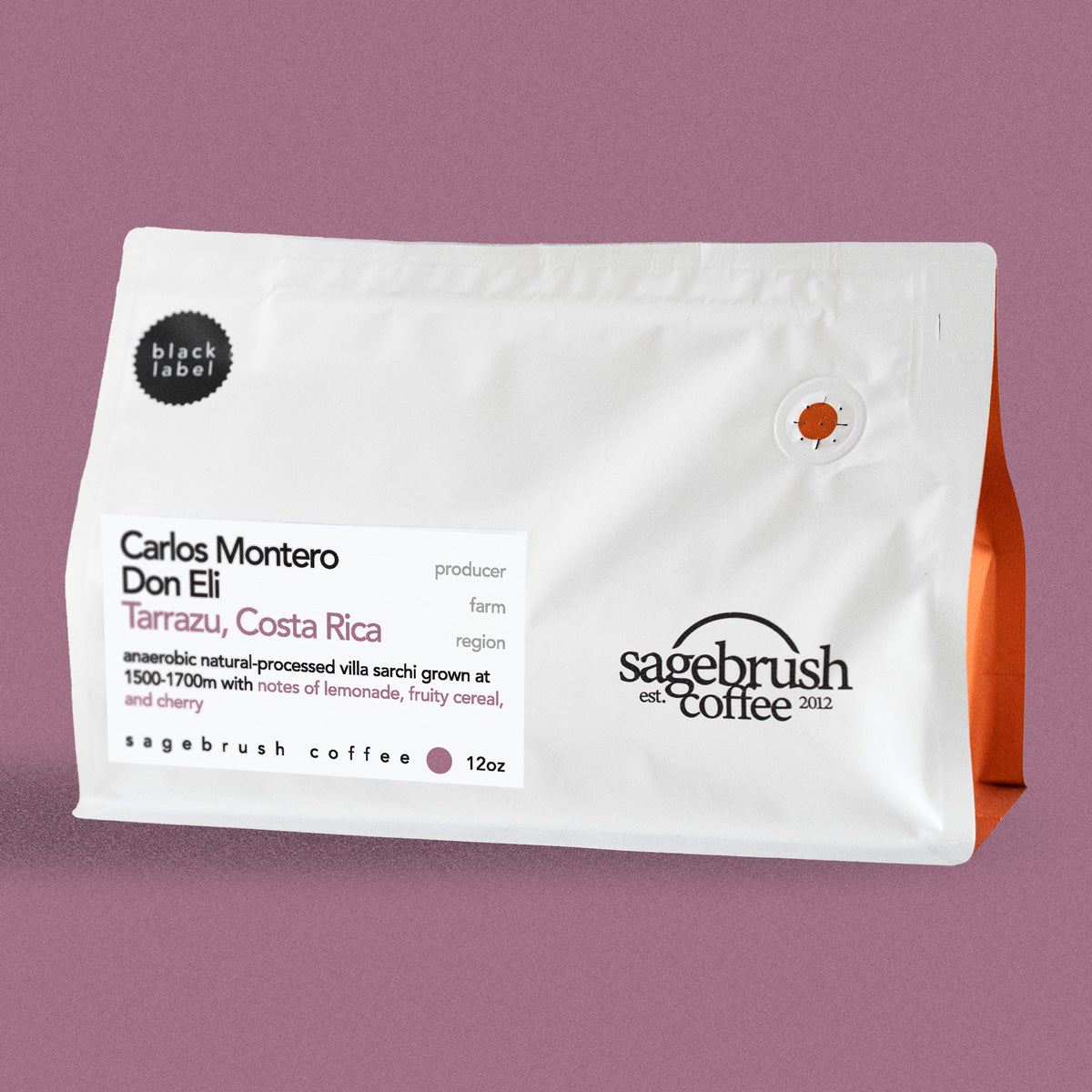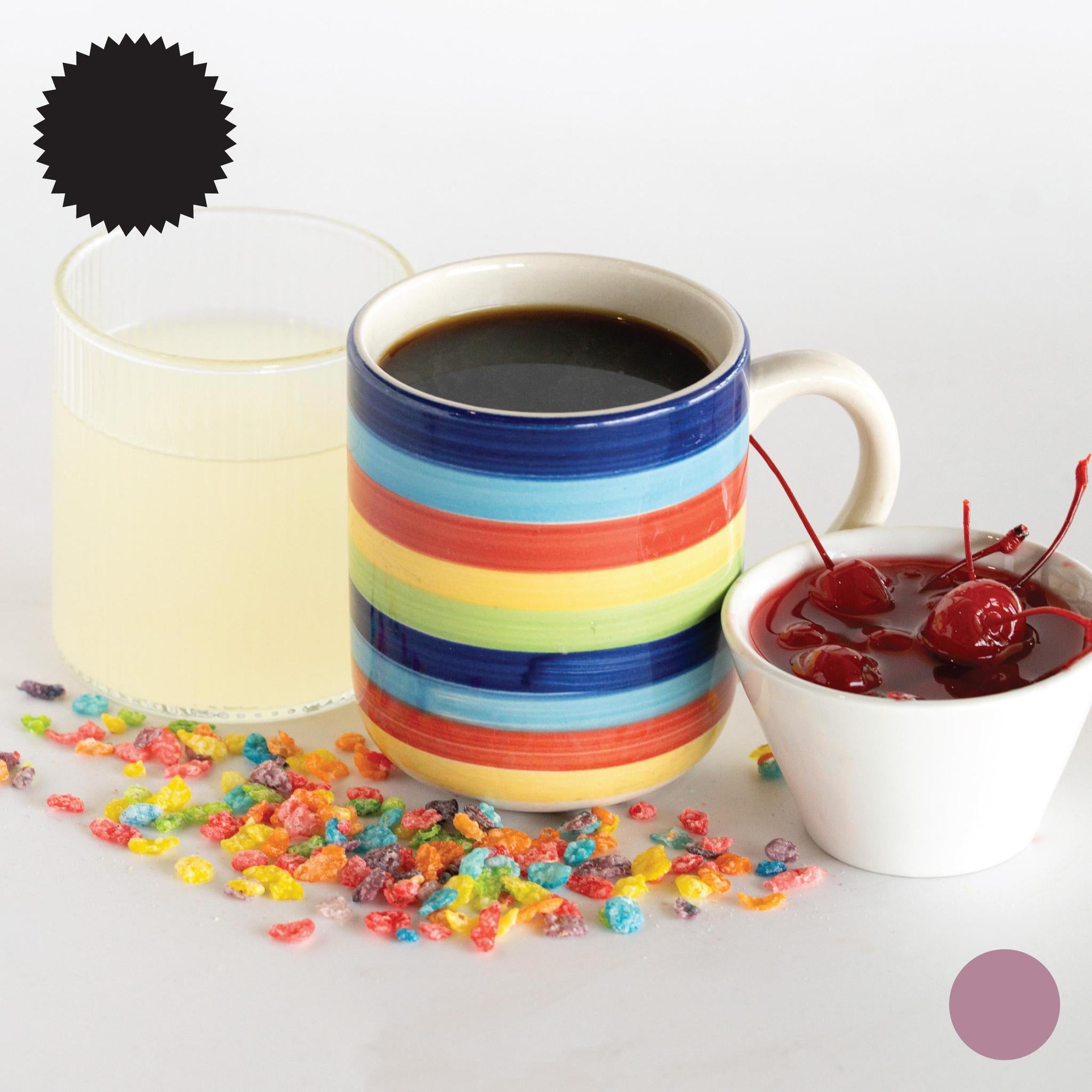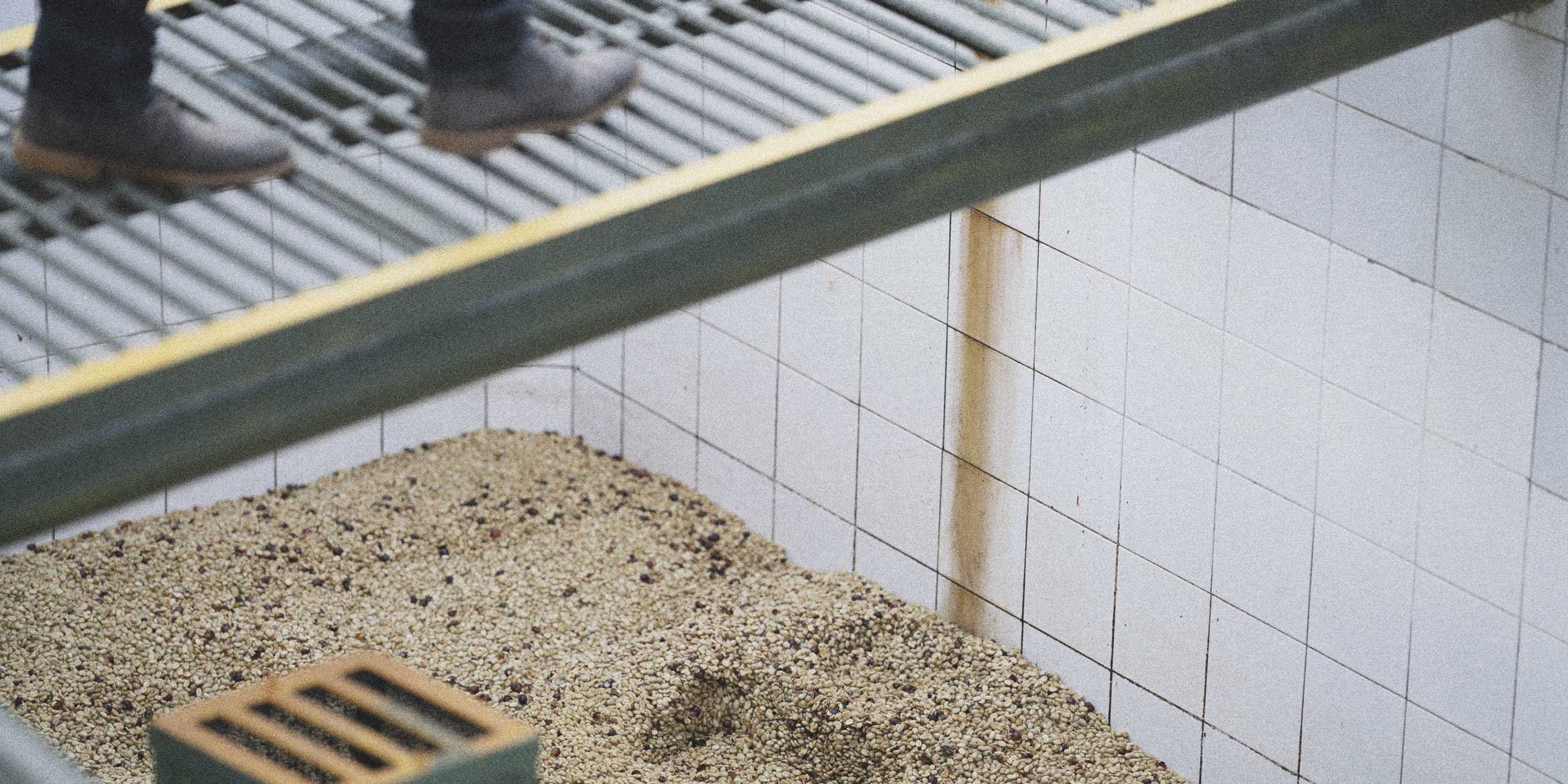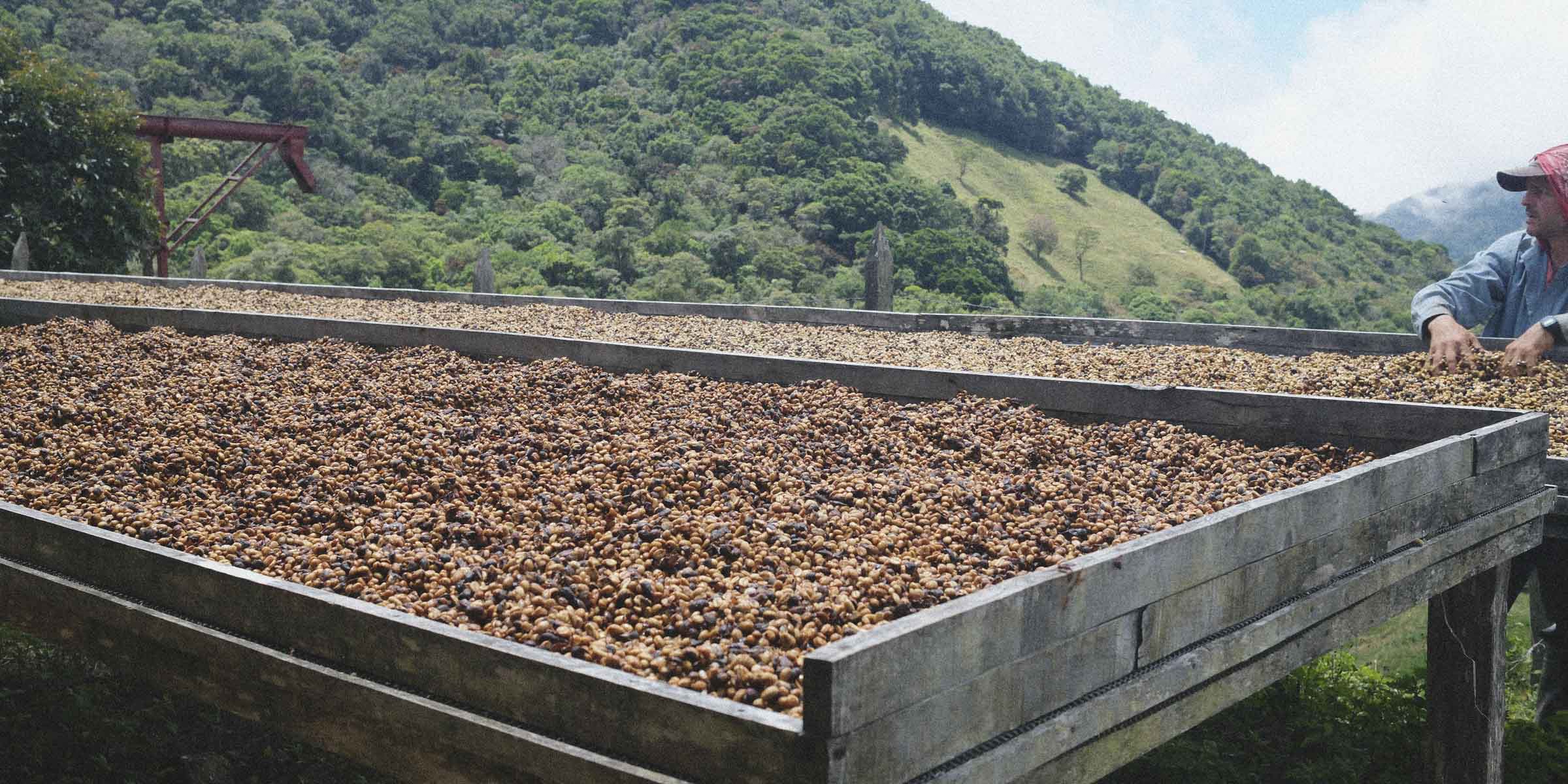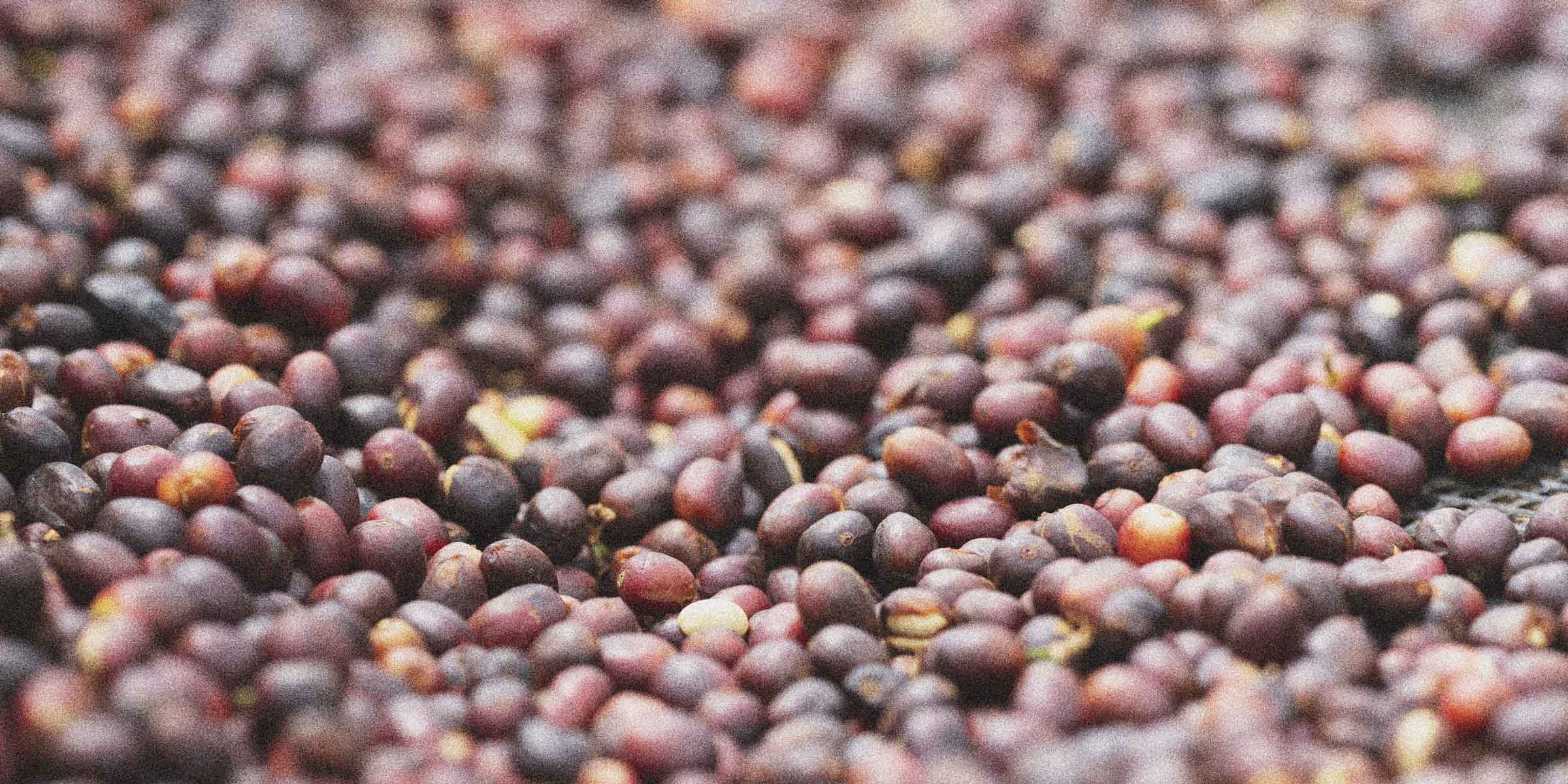Coffee Processing Overview •
Read our Processing articleCoffee Processing Guide: Fermentation & Experimental Processes
Coffee Processing Guide: Fermentation & Experimental Processes
You’ve found yourself in our coffee processing portion of the coffee journey articles and on likely the most advanced. If you’re not sure what coffee processing is, stop and go back to the top of the page and click the link to the overview article.
Why Producers Are Experimenting Now
For decades, the three traditional methods of processing were enough. But specialty coffee has changed so much in the nearly 15 years I’ve been in the industry. When a producer can earn 10x the C-Market price for exceptional coffee, investing in experimentation makes sense. Add in direct trade relationships where roasters are willing to take risks on unusual lots, plus knowledge sharing through social media and producer associations, and you have the perfect conditions for innovation.
Competition is fierce. At auctions like Best of Panama, experimental has developed such unique flavor profiles, it’s become its own category.
What Makes a Process "Experimental"?
Experimental processing refers to innovative, highly controlled methods that go beyond traditional styles. These often involve special fermentation techniques designed to enhance flavor, creating coffees that are sweeter, more aromatic, or wildly unique.
We're familiar with fermentation in beer, wine, or kombucha. And the reality is all coffee undergoes fermentation. Washed coffees ferment in water. Naturals and honeys ferment within the fruit. These are forms of aerobic fermentation, where oxygen helps microorganisms break down sugars.
But producers like Rodin Villatoro are taking fermentation to new extremes. When I was at Punta del Cerro in Guatemala in March of 2025, I had a chance to watch Rodin Villatoro setup his anaerobic coffees. We stood there with cameras and phones taking video and pictures of a once in a lifetime chance of being there the day he washed the cherries and put them into tanks. We picked his brain about why he was doing each step that he was and how each step affected flavor. Watching one of the best to ever do it in his element was pretty exciting.
New Experimental Techniques
Anaerobic fermentation removes oxygen from the equation entirely. Producers seal cherries or depulped beans in tanks or special bags, creating an oxygen-free environment. This forces different microorganisms to take over, the kind that work slowly and produce unique flavor compounds over 48 hours to 10 days.
Watching Rodin work, we saw how precise this must be. Temperature monitors, pH meters, constant cleaning. If he lets one variable go wrong he takes what could be competition coffee and turns it into trash. Which is the risk / reward of anyone dabbling in these techniques.
Some producers are going even further, adding fruits, yeasts, or bacteria to their fermentation tanks. While these co-fermented coffees can produce wild flavors, we've chosen not to carry them at Sagebrush. To us, they cross the line from innovative processing into flavored coffee territory. Plus, without proper testing on the bacterial implications, we're not comfortable with the potential health risks. We believe coffee should taste amazing because of the bean itself and how it's processed, not because something was added to it.
The Real Challenges
Here's what producers don't always advertise: for every successful experimental lot, there are failures. Over-fermentation produces coffees that taste like vinegar, nail polish remover, or like I said, next year’s fertilizer. We've cupped experimental coffees that smelled great but tasted medicinal, or started sweet then turned sour halfway through the cup.
The investment is significant too. Fermentation tanks, monitoring equipment, additional labor for constant observation, all for lots that might fail. Workers need training not just in the how, but the why. Understanding fermentation science isn't intuitive when you've been processing coffee the same way for generations.
And there's market risk. Not everyone wants coffee that tastes like sour patch kids or actual wine. Some of these flavors are so unusual that even specialty coffee lovers reject them.
Why We're Excited
Despite the challenges, experimental processing represents coffee's future. It's producers like Rodin pushing boundaries, taking risks, proving that coffee can be more than we ever imagined, all while working with what nature provides, not adding to it.
We've tasted these coffees at Sagebrush, experimental naturals that genuinely taste like Blue Jolly Rancher, anaerobics with notes of strawberry yogurt. These coffees are unpredictable in the best way.
They challenge our expectations, expand what coffee can be, and remind us why we fell in love with specialty coffee in the first place, because there's no end to what you can learn and how deep you can go down the coffee rabbit hole.
If you're curious about what's possible when science, creativity, and coffee collide, check out our experimental varieties today. Just be prepared, your idea of what coffee can taste like is about to change.
Featured collection
Ivan Solis • Candy-Natural-Processed Catuai


